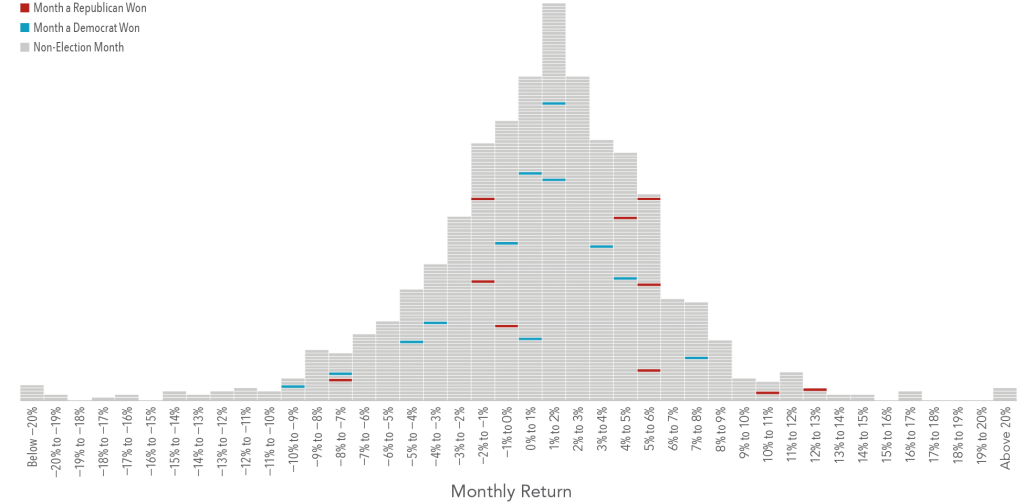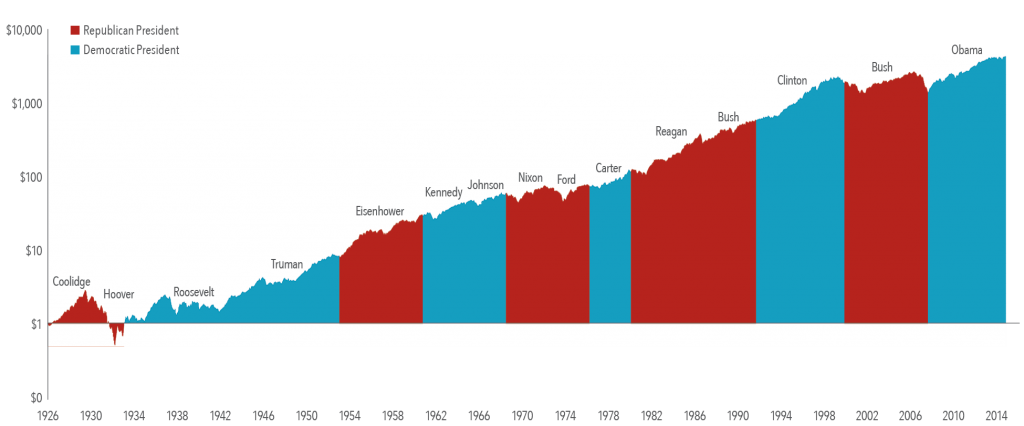Many people draft an estate plan when they start a family, then do little to make updates to it as other key life events happen. This is a major mistake that can put your hard-earned money built over a lifetime in the wrong hands or tied up for years. To make sure that this doesn’t happen to you, here are ten triggers that should get you thinking about updating your estate plan pronto.
Marriage
Marriage is an important life event that brings another loved one under your care. Estate planning after a marriage doesn’t have to be complex and can simply include updating your beneficiary information, buying a life insurance policy, and updating your emergency contact information. As your marriage progresses, you may also want to consider setting up a will and living will. Your spouse should also play an important role in discussions about how you wish your estate to be managed depending on different scenarios.
Divorce
No one ever plans for divorce to happen to them, yet many people unfortunately go through this process. For some partners, the complexities and emotional toll can be overwhelming. In the midst of just trying to get the whole thing behind them, mistakes can be made. This has resulted in ex’s receiving houses, money, life insurance proceeds and more just because of some estate planning oversight where a will wasn’t updated. Make sure that you make changes to your estate as soon as divorce proceedings have been finalized.
Death
The death of someone who is contained in your will is another often-overlooked event that you need to consider in your estate plan. These important people may be ones who are named as guardians to your children, have inheritance allocated for them, be named as an executor of your estate, or listed as beneficiaries or emergency contacts. While the passing of someone close to you is devastating, it’s important to start transitioning new people to fill the role of the loved one who recently passed as soon as you can. This will help to prevent any lapse should something occur to you during this short window of time. Worse, you may just eventually forget to do it at all!
Changes to Laws
If you move to another state, you should have your will and living will examined. It is possible that some of the language might not be applicable to the laws in the state where you now reside. One of the biggest changes in laws that can dramatically affect estate plans are changes to the tax laws. When the IRS or your state change the amount of the estate tax and the thresholds surrounding who will be taxed, it’s time to look at your estate plan again. It may require you to change how money is distributed to minimize tax burdens for your heirs. It also may change your strategy completely, for better or for worse. Make sure to seek advice from your financial advisor, attorney and accountant for help in making these decisions.
Hitting the Jackpot
As a result of hard work or simple luck such as being a lottery winner, you may find yourself in a very secure financial position. This may lead to becoming the owner of pricey new items, such as cars, yachts, homes and businesses. If you find yourself in this situation, examine your estate plan in more detail. Estates with more assets carry a higher tax burden and can lead to more infighting about who gets what assets among the family members. To avoid these situations, it may be wise to set up a Trust with ironclad language so that it will be harder for people to manipulate other family members into doing something they’ll regret. Then, make sure to share your will and discuss it with those people who will inherit your assets or play an important role in managing your estate after you’re gone. This single tip has proven to be the most productive part of the estate planning process and helps ensure everyone understands your wishes while minimizing surprises.
Purchasing or Refinancing a Home
Anytime you purchase or acquire a new asset, such as a home or other real estate, make sure that the legal owner of that asset is your trust. Sometimes people forget to do this or lenders will take the property out of your trust during a refinance, which makes these assets go through the public probate courts. If your properties are not in your trust, work with your estate-planning attorney to help transfer the properties to the trust.
Opening New Accounts
To avoid probate and make sure the transfer of your title to beneficiaries goes smoothly, make sure all savings accounts, mutual fund accounts, brokerage accounts, life insurance policies and checking accounts are also in the trust. While it is not often intuitive, consider opening large bank accounts, such as those opened after acquiring an inheritance, in the name of the Trust right from the beginning to avoid any unnecessary complexities for your heirs.
In addition to new accounts, here are some other commonly overlooked items that you may want to title to your trust:
- Bank accounts
- Brokerage accounts
- Life insurance policies
- Businesses
- Cars, boats and planes
- Collectibles and antiques
Family Additions
Adding another member to the family is one of the most exciting times in life, but it’s not an excuse to forget to update your estate plan. Having a child requires major revisions to your estate plan, not only in who will inherit your estate but also who will fill the role of executor in the future. Of course, over the course of time, these elements will also change as your children grow up and mature.
Major Health Changes
Unfortunately, some people will face a major health crisis and have no estate plan in order. Whether it’s a cancer diagnosis or another chronic illness, there’s no point in stalling any longer. Make sure that your estate is in order and especially make sure that you have an Advanced Directive form on file. You may also want to talk to your doctors and attorneys about completing DNR and POLST forms if they are available in your state. That way you can make sure that you get the exact medical treatment you want and not what someone else thinks is best for you.
Changes to Your Business
If your ownership interest changes in a business, if partnership interests change, or if a business is purchased or sold, you need to see what impact it has on your estate plan. You may want to consider creating a business succession plan or asset distribution plan in the event you decide to sell your business. There may also be tax implications that can impact your heirs without proper planning in advance.
The passage of time is reason enough to take a periodic look at your estate plan to make sure everything is up to date. At a minimum, you should set a reminder to review your estate plan every 3-5 years, even if there have been no changes. Sometimes you’ll notice something that needs to be changed or remember that you forgot something once you look it over again.











